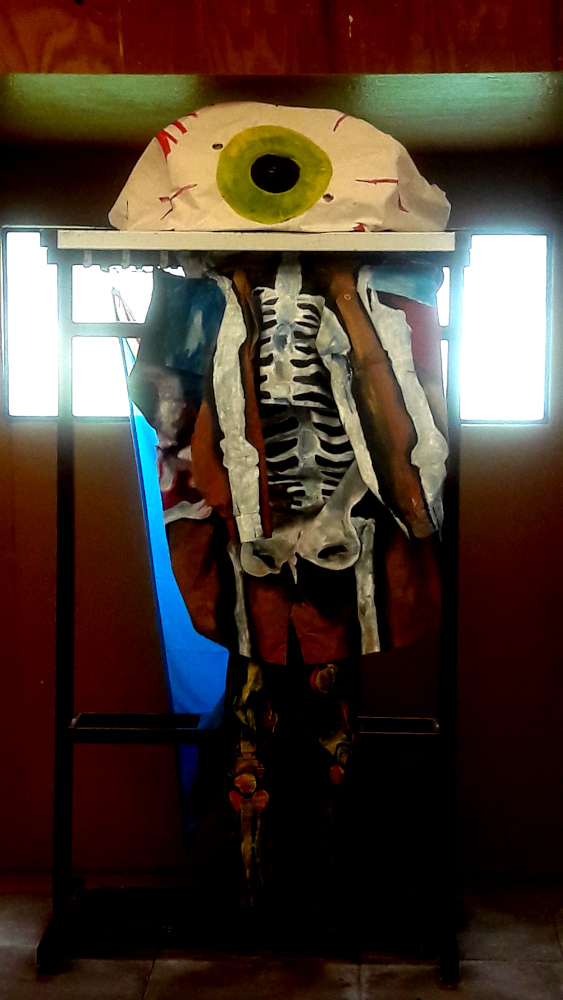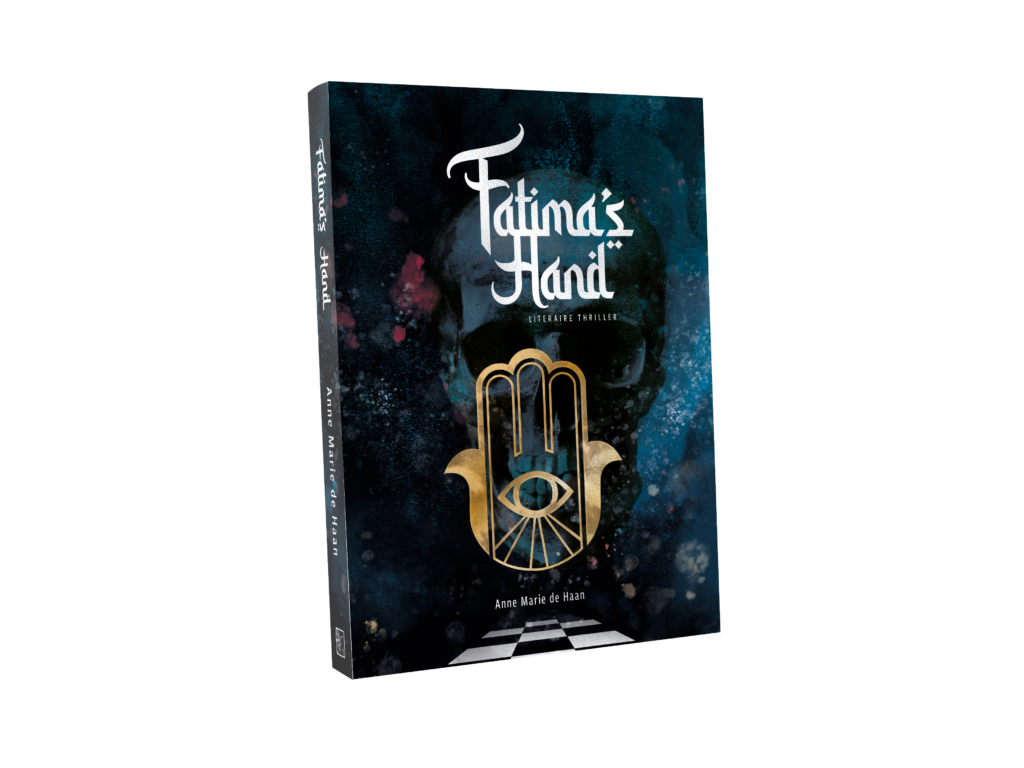Congoville, Congolese’ s artistic view on colonialism
The Congoville exhibition in Antwerp touches on so many themes at once that it is overwhelming. Colonialism, environmental pollution, voodoo and above all very original art. This time the Congolese are speaking instead of the Europeans. I visited this exhibition last Sunday 25th July.
Director Billy Kalonji
It is confronting to enter the idyllic sculpture park Middelheim in Antwerp along the driveway with dirty weathered flags from jute bags. Just in front of the park, the large Art Nouveau building of the University is covered with the same dirty pieces of cloth. The whole offers a desolate sight. When I walk here it reminds me of the distant past of slavery. But Billy Kalonji, director of the Royal Museum for Central Africa in Tervuren, has very different associations with these flags. Check out his vision below:
Can man Eddy Ekete

A little further on I step into a pavilion where colorful costumes are displayed. One is sewn up with old hair ties and the other has a skeleton painted with a big eye for a hat. I immediately think of voodoo and death, but not much explanation is given with this suit. On the other side of the wall is a video about the artist group KinAct, which performs under the direction of Eddy Ekete in suits made from street waste.
One of the pieces shows a mountain of garbage on the street, which suddenly comes to life to the great shock of the walking public. In another hilarious performance, Ekete, dressed in tin cans, terrifies the audience, by running into the people. He also performed the cans man act this year at the central station in Antwerp. Ekete wants to use this to question the large amounts of street waste and the waste dumped in Africa from Europe.
Poet Lisette Ma Neza
Behind the pavilion is a funny little house made of bits of mirrors, bits of rubber tires and old shoes and old cans. A robot made of garbage and a can man guard the building, but without Ekete. You can peek in through a small entrance on the mirror side, but you have to get on your knees. You then see things and a plush leopard. Leopard is an important totem animal within African shamanism. But nothing is said about that either. Commentary on this by the Dutch-Congolese poet Lisette Ma Neza is interesting.
The grounds of Museum Middelheim carry its own colonial past and fifteen international artists investigate these colonial traces. These works of art offer new and different perspectives on a historical story, which used to be from a white perspective. Belgian-Congolese art historian Sandrine Colard curated the Congoville exhibition, which can be seen until 3 October 2021.
Read more articles about art in English.
